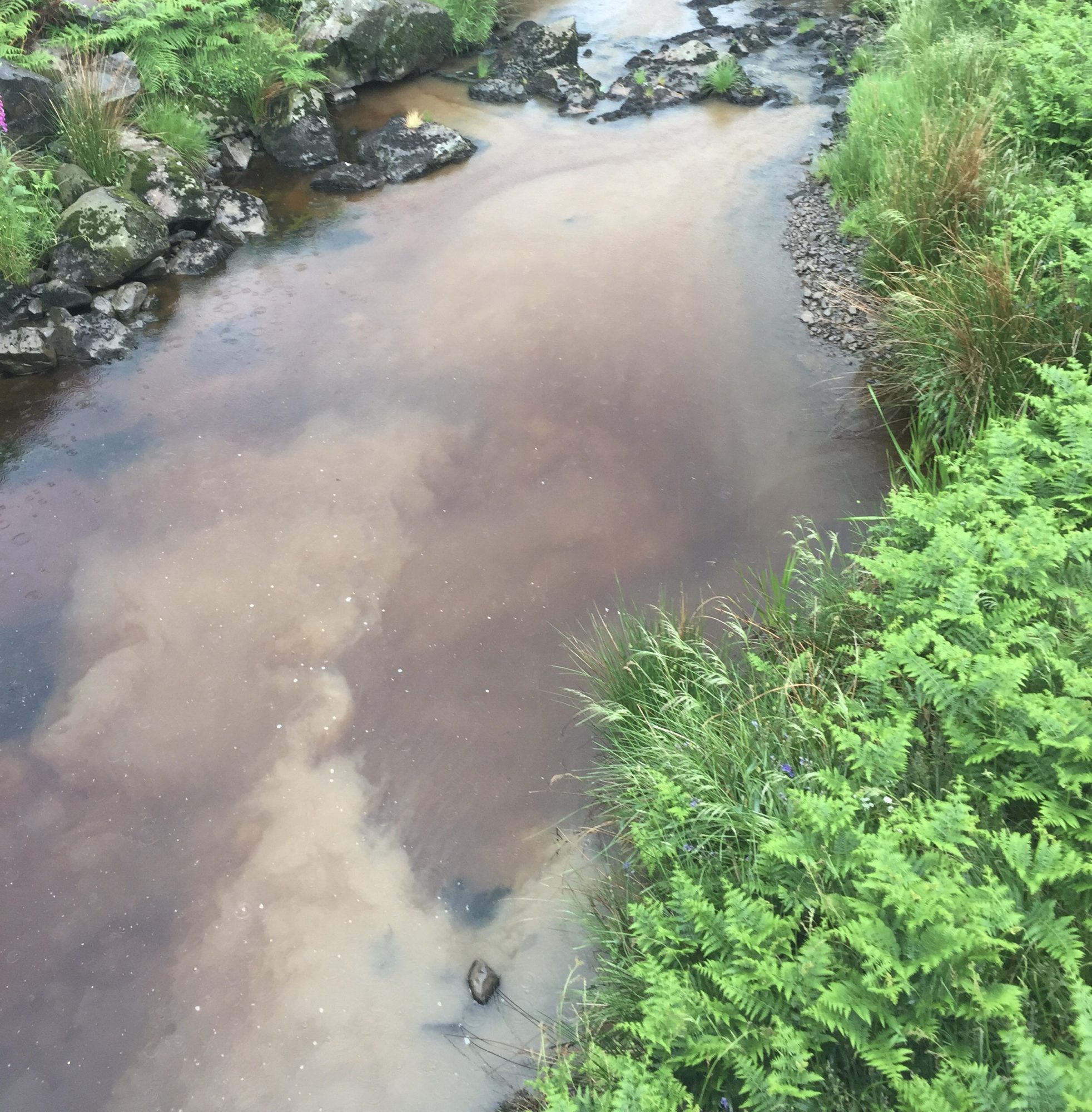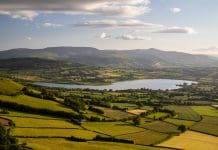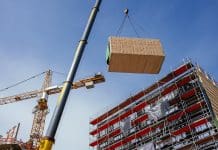Simon Knott, Managing Director of environmental consultancy Naturally Compliant, shares seven tips to manage surface water on construction sites
Both the public and regulatory agencies are increasingly concerned about the need to protect water resources in the UK, as an integral part of the sustainability of our precious natural environment.
An ongoing concern is the potential for damage to the water environment from uncontrolled run-off from construction projects.
Regulators are also stepping in, with changes in regulations in Scotland and increasing financial penalties in England.
Responsible companies will always take water management seriously, but it is a complex and demanding subject and keeping up to speed with changing circumstances can be challenging.
So here are seven tips to help clarify what needs to be done. Each project will have its own unique challenges but the following principles may help projects mitigate the risks associated with water management and pollution on construction sites regardless of scale.
1. Develop a plan.
As with most things on a construction site, successfully planning is key. How you will deal with water requires a lot of thought before work starts. A good plan will include the following list and address any statutory requirements placed upon the project.
2. Know what and where the receptors are.
The terminology may change but the themes remain the same. Surface waters as defined by the EA or the Water Environment as referenced by SEPA includes watercourses, rivers, streams, estuaries, lakes and canals. If pollutants from your site reach any of the above you are at risk of enforcement action, so it is important to know where they are in relation to your works.
3. Keep non-site water away from your construction activities.
This will obviously vary massively depending on the nature of the site, but plans should be made to isolate your works from any pre-construction surface flows. This can be in the form of impermeable bunds, upslope cut off drains or a mixture of the two. Be aware that the water you stop moving over your site will need to go somewhere, so build in plans to allow the water to move across your site in a way that maintains its non-site contaminated status. Tying your pre-construction drainage into existing watercourses is one way of achieving this, provided all statutory paperwork and commitments are observed.
4. Keep clean water clean.
If there is water on your site that is uncontaminated, try and keep it that way. Broadly speaking, reducing the volume of contaminated water reduces the associated costs of treating it.
5. Have multiple discharge points and keep them as far as is practical from the natural water environment.
In the UK, we are subject to relatively high precipitation rates, which means that even though we have installed measures to stop water flowing on to site, it is very likely that the project will have to treat water that falls on it. If possible, the installation of multiple discharge points treating surface flow close to the source of pollution is preferential. This means you are treating smaller volumes at each location and are discharging the treated water over a larger area.
As discussed, surface waters or the Water Environment are your receptors. Try to discharge your treated water as far as possible from these to reduce the risks. If this is not possible robust treatment measures will be required.
6. Slow silt laden site water down.
Reducing kinetic energy in silt laden waters allows sediments to settle out of the water more effectively. This is commonly achieved through check dams and settlement ponds within your treatment systems. Shallow ponds are more efficient at removing sediment from water than deeper ponds. It is therefore important to understand the difference between attenuating water for flood prevention and using settlement ponds to treat silt laden water.
7. Overcompensate and maintain.
Where possible, it is better to overestimate the volume of water a treatment system will deal with. This will give the system a better chance to cope with any unexpectedly large downpours, or other climatic variables such as significant snowmelt or precipitation falling on baked earth which can lead to an initial increase in surface flow. The treatment systems are there to remove pollutants and so can become overwhelmed, it is therefore critical to maintain the systems so they remain effective.
Simon Knott
Managing Director
Naturally Compliant














